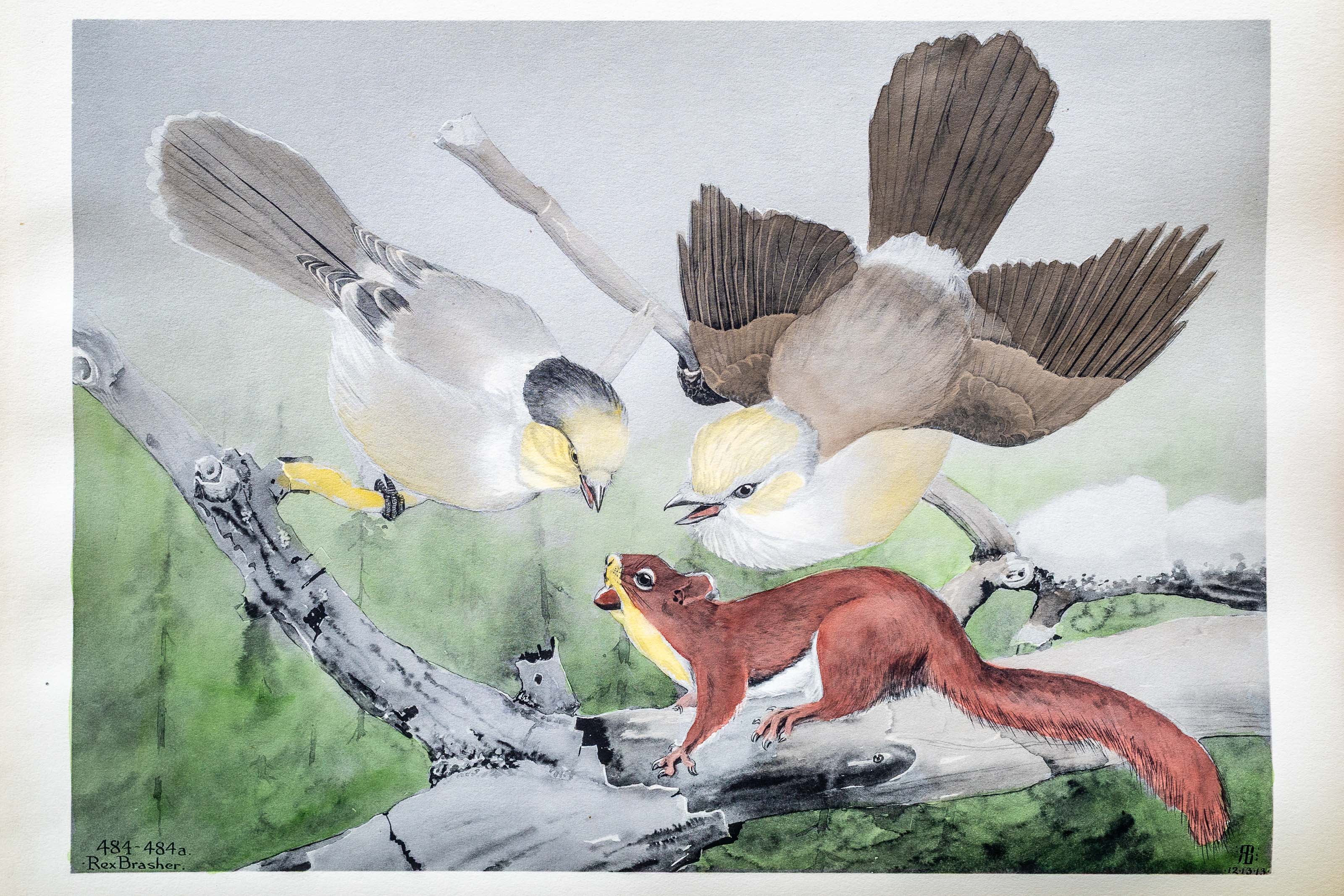
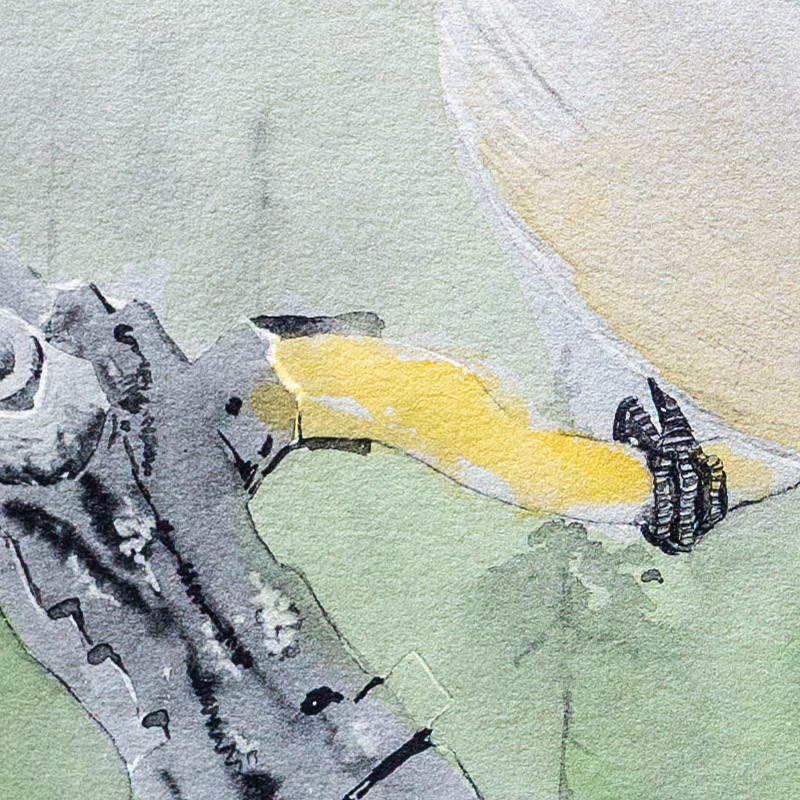
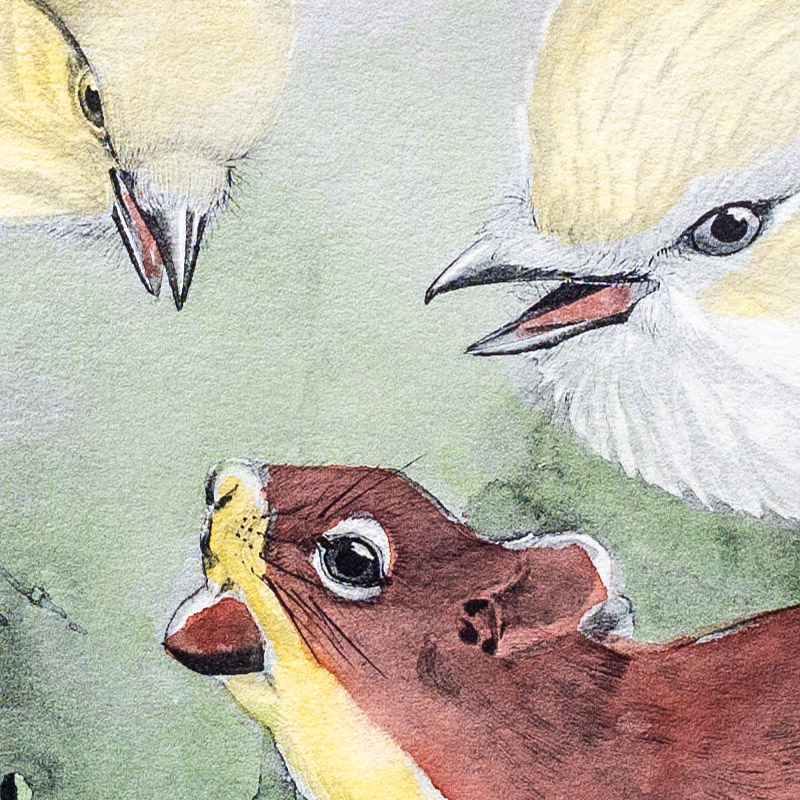
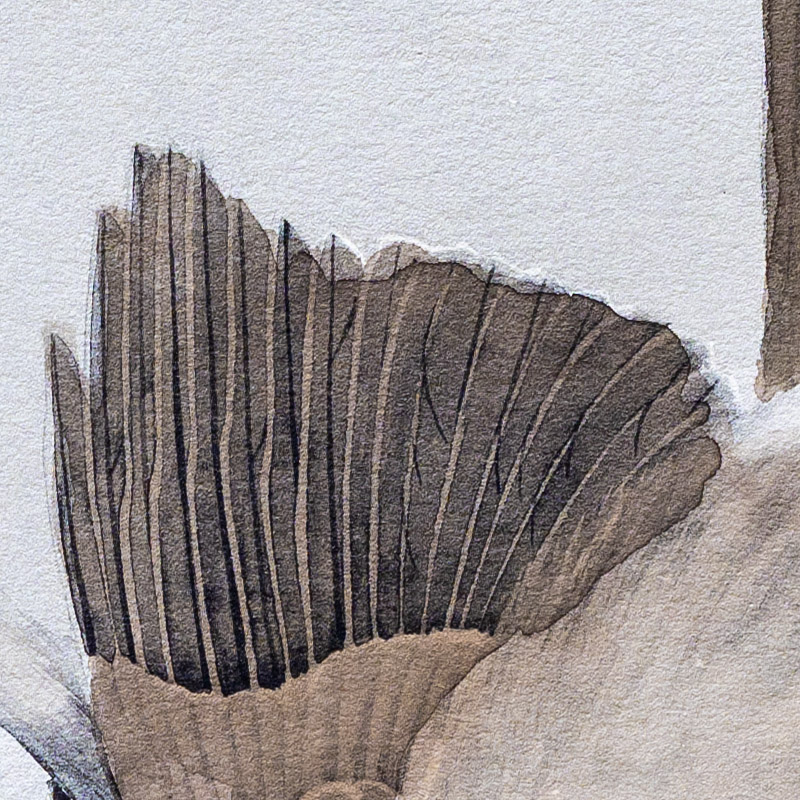
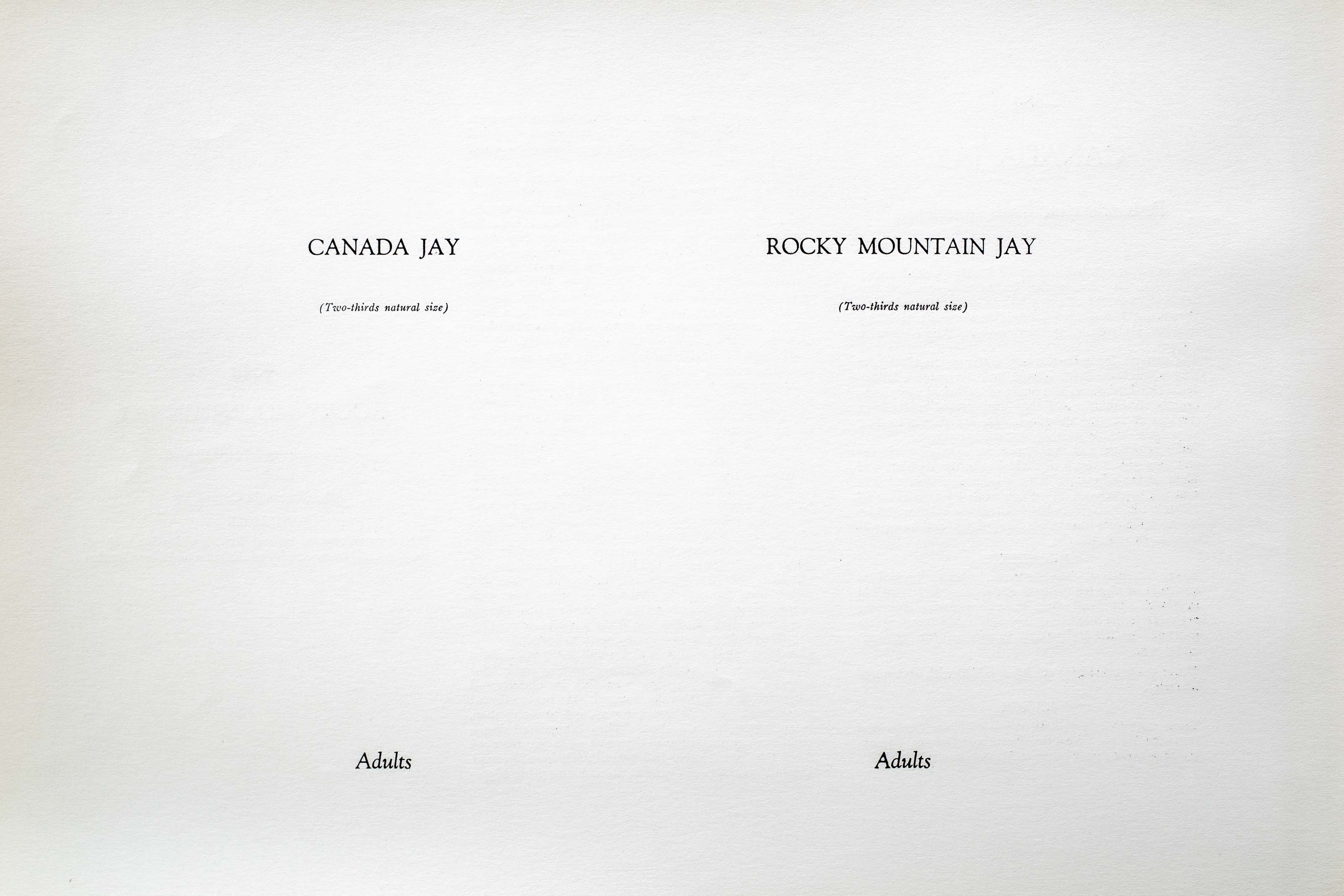
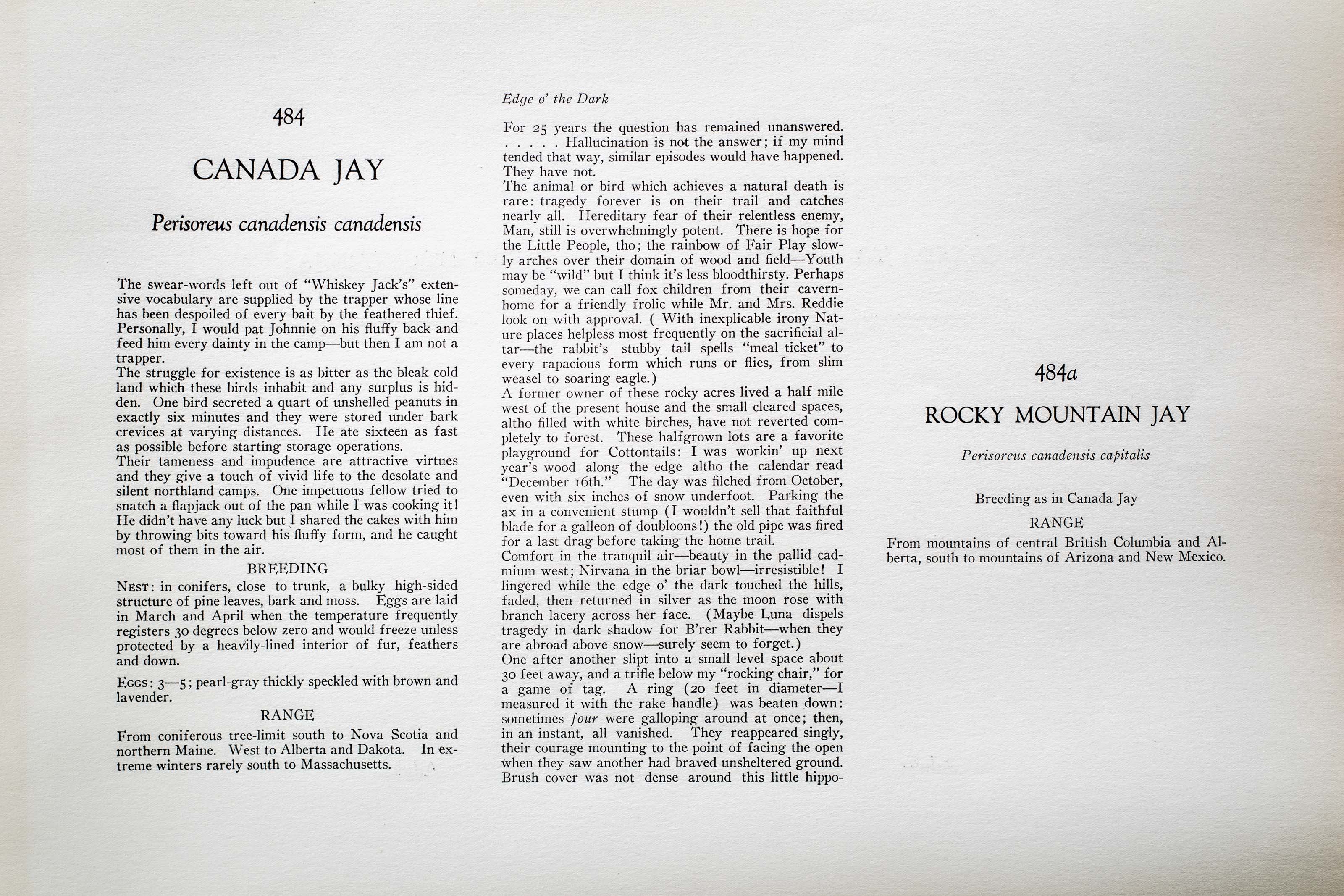

1913
1931
8
484-484a
A team of dedicated board members, volunteers, and student interns has published every page in Volume 9. This volume includes 360 images of paintings and lyrical descriptions of birds, now available online for everyone to enjoy anywhere in the world. This is a monumental task. Each volume requires approximately 400 hours to photograph, edit, transcribe, catalog, and publish online. We need your support to complete this work.
If you're tech-savvy, have a good eye, are meticulous with details, and love structured data, please consider volunteering by emailing us at hello@rexbrasher.org.
We encourage all bird lovers and supporters to consider a monetary donation to support our mission to make Rex's work available for everyone. You can provide a one-time or recurring donation online.
The swear-words left out of "Whiskey Jack's" extensive vocabulary are supplied by the trapper whose line has been despoiled of every bait by the feathered thief. Personally, I would pat Johnnie on his fluffy back and feed him every dainty in the camp — but then I am not a trapper.
The struggle for existence is as bitter as the bleak cold land which these birds inhabit and any surplus is hidden. One bird secreted a quart of unshelled peanuts in exactly six minutes and they were stored under bark crevices at varying distances. He ate sixteen as fast as possible before starting storage operations.
Their tameness and impudence are attractive virtues and they give a touch of vivid life to the desolate and silent northland camps. One impetuous fellow tried to snatch a flapjack out of the pan while I was cooking it! He didn't have any luck but I shared the cakes with him by throwing bits toward his fluffy form, and he caught most of them in the air.
NEST: in conifers, close to trunk, a bulky high-sided structure of pine leaves, bark and moss. Eggs are laid in March and April when the temperature frequently registers 30 degrees below zero and would freeze unless protected by a heavily-lined interior of fur, feathers and down.
EGGS: 3 — 5; pearl-gray thickly speckled with brown and lavender.
From coniferous tree-limit south to Nova Scotia and northern Maine. West to Alberta and Dakota. In extreme winters rarely south to Massachusetts.
Breeding as in Canada Jay.
From mountains of central British Columbia and Alberta, south to mountains of Arizona and New Mexico.